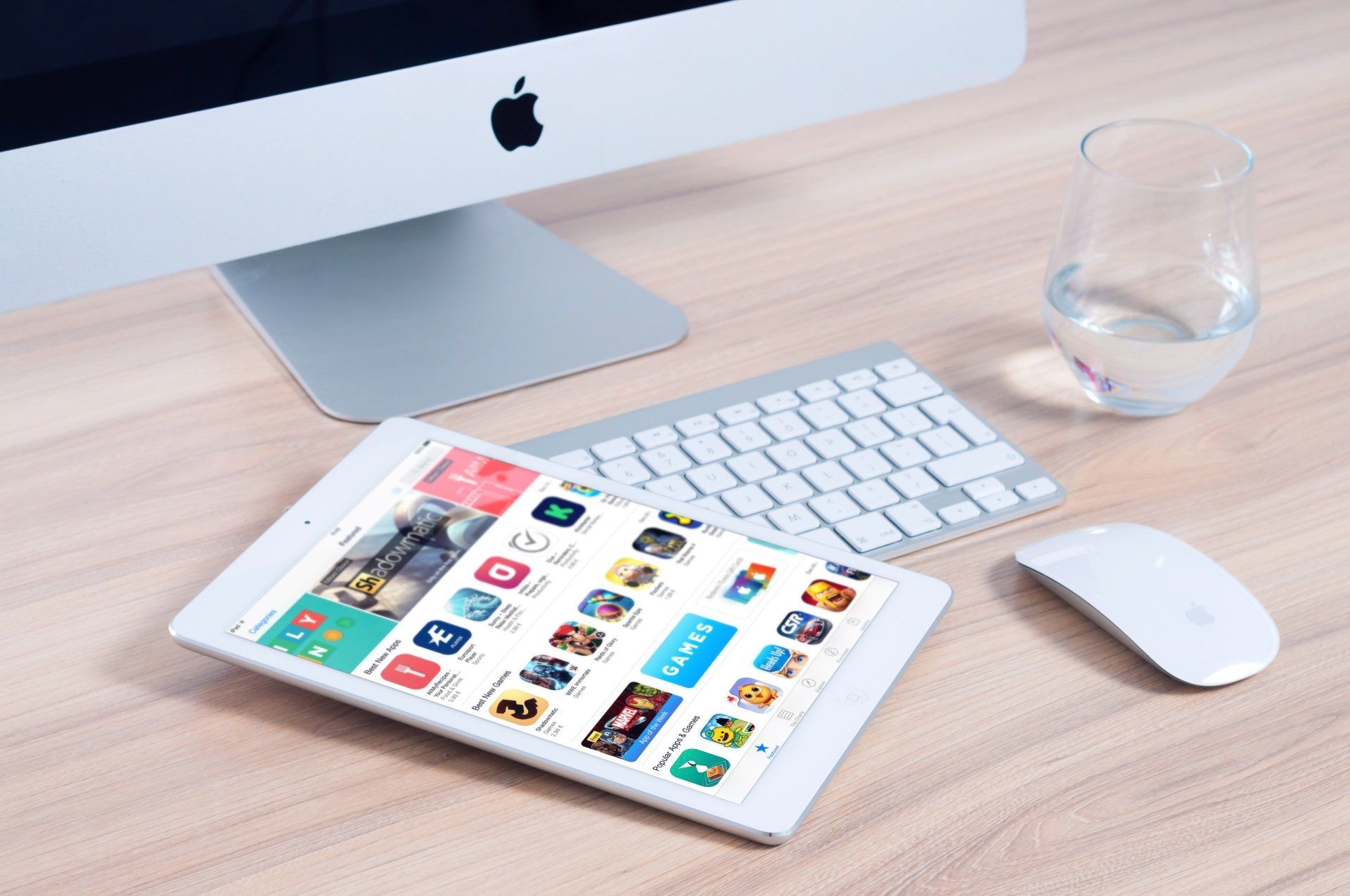App fatigue: Is your company at risk?
by Jon Lober | NOC Technology

The number of apps and digital tools that employees use on a regular basis has grown dramatically over the past decade. The average business team currently reports using 50-70 different software tools to get their work done.
This proliferation of resources has now become counter-productive. 71% of employees feel that this glut of apps makes work more complicated instead of simpler. Instead of software managing tasks for users, users now spend more time managing software.
App fatigue is a very real thing, with practical implications for employees and their coworkers. Just think about the various digital alerts that you get. They come in many flavors.
- Software on your computer
- Web-based tools
- Websites where you’ve allowed alerts
- Mobile apps and tools
- Email banners
- Text messages
- Team communication tools
As a work team grows weary of notifications, they begin to respond more slowly to messages, emails, and requests. This can cause harmful efficiency losses within a business.
However, app fatigue is not just a practical, productivity problem; it’s becoming a serious cybersecurity issue. As people become increasingly overwhelmed by notifications, they begin to ignore them—and some of those sidelined notifications can be extremely important to the cybersecurity of a workplace. This problem is amplified when employees get the same notification on two different devices.
How Does App Fatigue Put a Company at Risk?
1. Employees Begin to Ignore Important Updates
How many times does your phone or computer beg for your attention in a given day?
Slack and Teams desperately ping you. A notification pops up in the corner of your computer asking you to update. Security alerts flash through your inbox. Text messages slither across the top of your phone.
When digital alerts interrupt your work, you can start to feel like you’re always behind. This leads to ignoring small tasks that might not seem time-sensitive; for example, clicking to install an app update.
Employees overwhelmed by too many app alerts tend to ignore them. When updates pop up, they quickly click them away, feeling they can’t spare the time in the moment—unsure how long it will take.
Ignoring app updates on a device is genuinely dangerous for a business’s cybersecurity. Many of those updates include important security patches for recently-discovered vulnerabilities. When they’re not installed, the device and its network are at a higher risk, and it becomes easier to suffer a cyberattack.
2. Employees Reuse Passwords
Besides dealing with alert bombardment, every new app means a new password. Employees are already juggling about 191 passwords, and they use at least 154 of them sometime during the month.
Poor password security is an equally dangerous symptom of app fatigue. As employees create more and more software accounts, they become more likely to reuse passwords. Current estimates suggests that passwords are reused 64% of the time.
If those passwords are weak, they present an easy target for hackers. If a password is weak, a hacker might crack it. If that same password is used across multiple accounts, a cybercriminal could easily gain access to a plethora of accounts by cracking just one piece of software.
For example, a hacker might tackle the password of any common piece of software that you use. If they succeed in cracking your password, they can then try that same password on your SalesForce, QuickBooks, DropBox, email, or bank accounts. If you have reused a password and are not using two-factor authentication, they will be able to access those accounts, leading to some very serious consequences.
3. Employees Turn Off Alerts
Some alerts are okay to turn off. Do you really need to know every time someone responds to a group thread? But, turning off important security alerts is a different matter.
There can come a breaking point when one more push notification can push someone over the edge, and they turn off all the alerts can across all apps. This eliminates important alerts along with the less important ones—tossing the figurative baby out with the bathwater. Those discarded alerts could potentially include things like anti-malware app warnings about a newly found virus or a security alert from your IT provider.
What’s the Answer to App Fatigue?
Put a strategy in place that puts people in charge of their tech, and not the other way around.
1. Streamline Your Business Applications
From both a productivity and security standpoint, less apps are better. With fewer apps, you have less risk, fewer passwords, and fewer notifications.
Look for redundancies amongst the tools you currently use. Many companies use two or more apps that can do the same function. An umbrella platform like Microsoft 365 or Google Workspace can consolidate several tools into one. With such platforms, you have access to several tools, but users access them with a single login.
2. Have Your IT Team Set up Notifications
Since it’s often difficult for users to know which types of notifications are the most important, ask your IT support to up their app notifications for them. This ensures they aren’t bombarded with mundane alerts, yet still receive the important ones.
3. Automate Application Updates
This is cybersecurity best practice. By removing the process from an employee’s responsibilities, you can enhance their productivity and simultaneously improve your cybersecurity. Managed service providers excel at this type of task. They also mitigate the chances that you would use a vulnerable app that could put your network at risk.
4. Encourage Open Communication About Alerts
Employees may never turn off an alert because they’re afraid they might get in trouble. On the other side of the coin, managers may not even realize that constant app alert interruptions are hurting productivity.
Communicate with employees, and let them know they can communicate with you. Discuss how to manage alerts effectively for a better and more productive workday.




